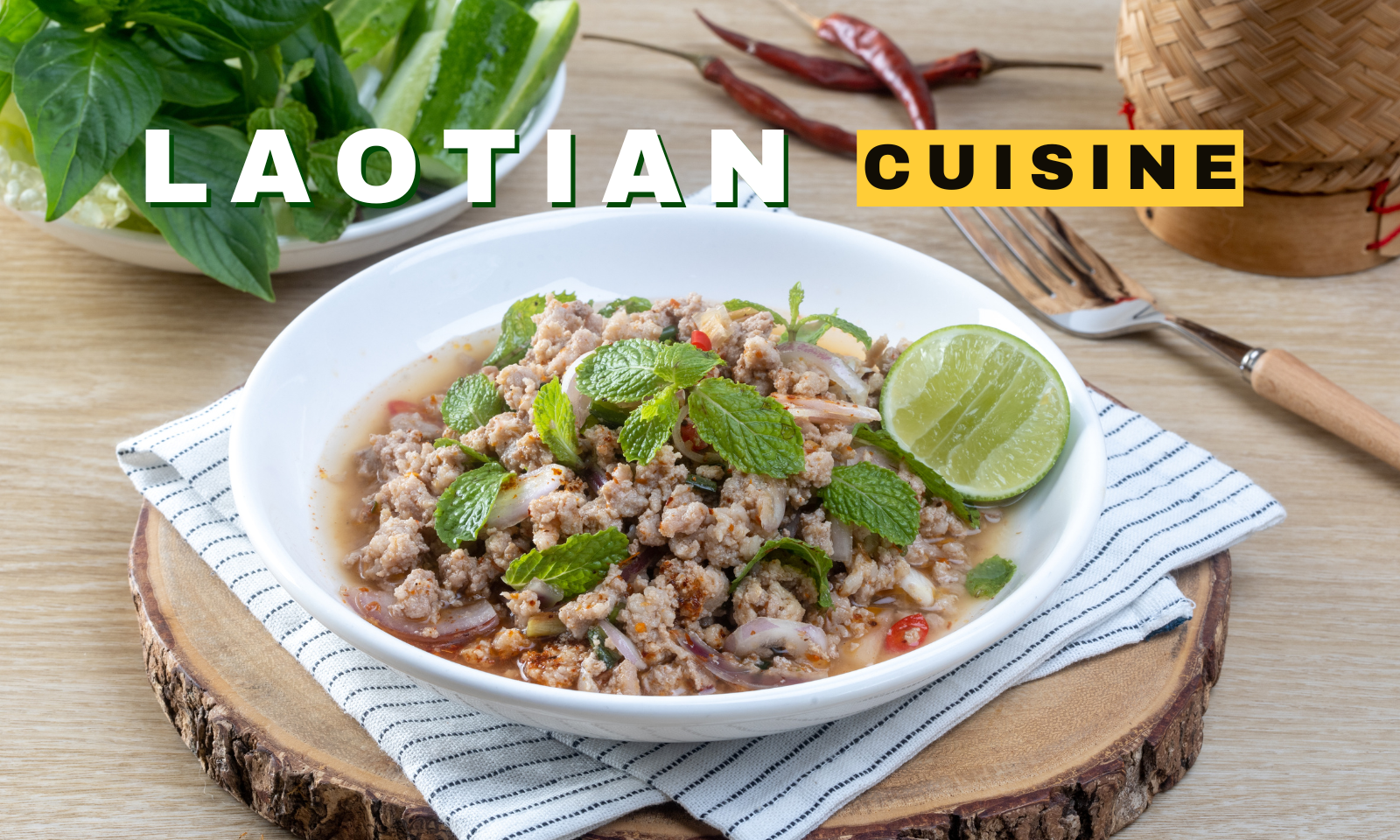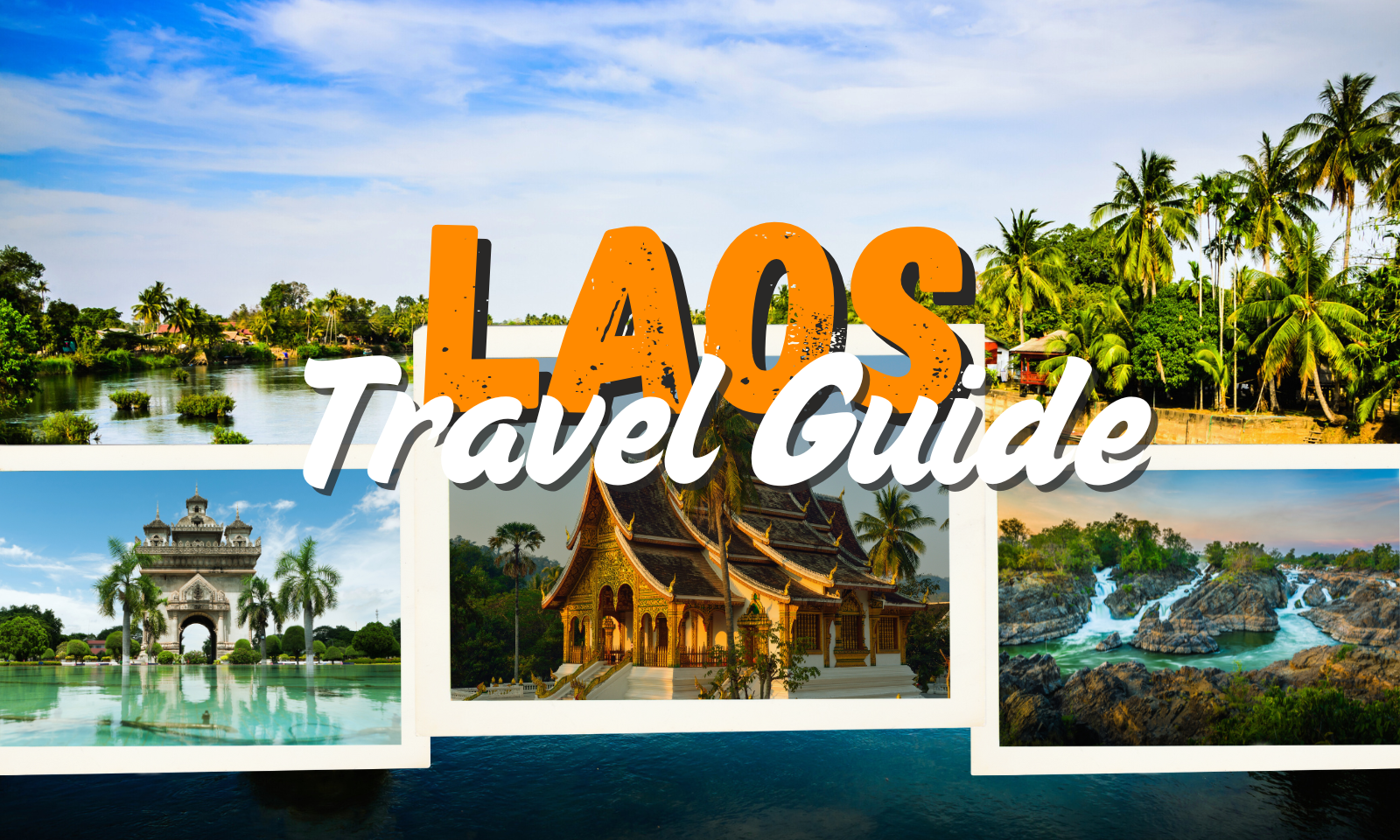Khone Island - A Tranquil Escape in Laos’ 4,000 Islands

Tucked away in the far south of Laos, Khone Island is a hidden gem within the Si Phan Don region, also known as the 4,000 Islands. This area, located along the Mekong River, is a collection of islands that boast unspoiled beauty, rich history, and a laid-back atmosphere. Among them, Khone Island stands out for its serene landscapes, historic relics, and the breathtaking natural wonder of its waterfalls.
Majestic waterways: Home to the mighty Mekong River’s most dramatic stretch, where countless channels weave around lush islets and rocky rapids.
Spectacular cascades: Admire the grandeur of Khone Phapheng Falls — Southeast Asia’s largest waterfall — and the ethereal beauty of Li Phi Falls, where mist and rainbows dance in the sunlight.
Tropical serenity: Discover tranquil riverbanks shaded by palms, bamboo groves, and blooming frangipani trees that capture the soul of southern Laos.
Dreamlike horizons: Experience sunsets over the Mekong that paint the sky in gold and rose, creating one of the most breathtaking sceneries in the 4,000 Islands region.
What to do and see in Khone Island ?
Drift into the serene rhythm of the Mekong on Khone Island — a perfect blend of nature, history, and river life.
Don’t miss these highlights:
Admire Khone Phapheng Falls, Southeast Asia’s largest waterfall, where the Mekong roars through lush jungle gorges.
Cycle through peaceful villages and rice fields, crossing the old French railway bridge to nearby Don Det.
Kayak along the Mekong, weaving between islets and soaking up the island’s tranquil beauty.
Wander local villages, meet friendly fishermen, and experience the slow, timeless rhythm of river life.
Essential tips for enjoying the landscape of Khone Island
Nestled in southern Laos near the Cambodian border, Khone Phapheng Waterfalls is the largest cascade in Southeast Asia — a breathtaking wonder of raw, untamed nature. Here, the mighty Mekong splits into countless channels, crashing over rugged rocks and misty rapids.
Best time to visit: The falls are most spectacular from July to October, during the rainy season when the Mekong is at its fullest. From November to April, the water level drops, revealing rock formations and tranquil pools — ideal for photography.
How much time to spend: Allow at least half a day to soak in the views and explore nearby islands like Don Khone and Don Det. Early morning and late afternoon light create the most dramatic scenes for photos.
How to get there: Khone Phapheng is about 150 km south of Pakse. You can reach it by private car, bus, or as part of a guided trip with Hanoi Voyages, combining it with a visit to the 4,000 Islands region.
Hanoi Voyages recommended gear: Bring light, breathable clothes, sunscreen, a hat, and comfortable shoes for walking. Don’t forget your camera — the waterfall’s grandeur is unforgettable.
Responsible travel tips: Stay on marked paths, avoid littering, and support local communities by buying crafts or refreshments from nearby stalls.
Khone Island offers a peaceful retreat in the heart of Laos' 4,000 Islands, where travelers can immerse themselves in nature, history, and culture. Whether you're marveling at the powerful waterfalls, cycling through tranquil villages, or simply enjoying the slow pace of life, Khone Island promises a relaxing and enriching experience. If you're looking for a destination that combines natural beauty with cultural authenticity, Khone Island is a must-visit.














